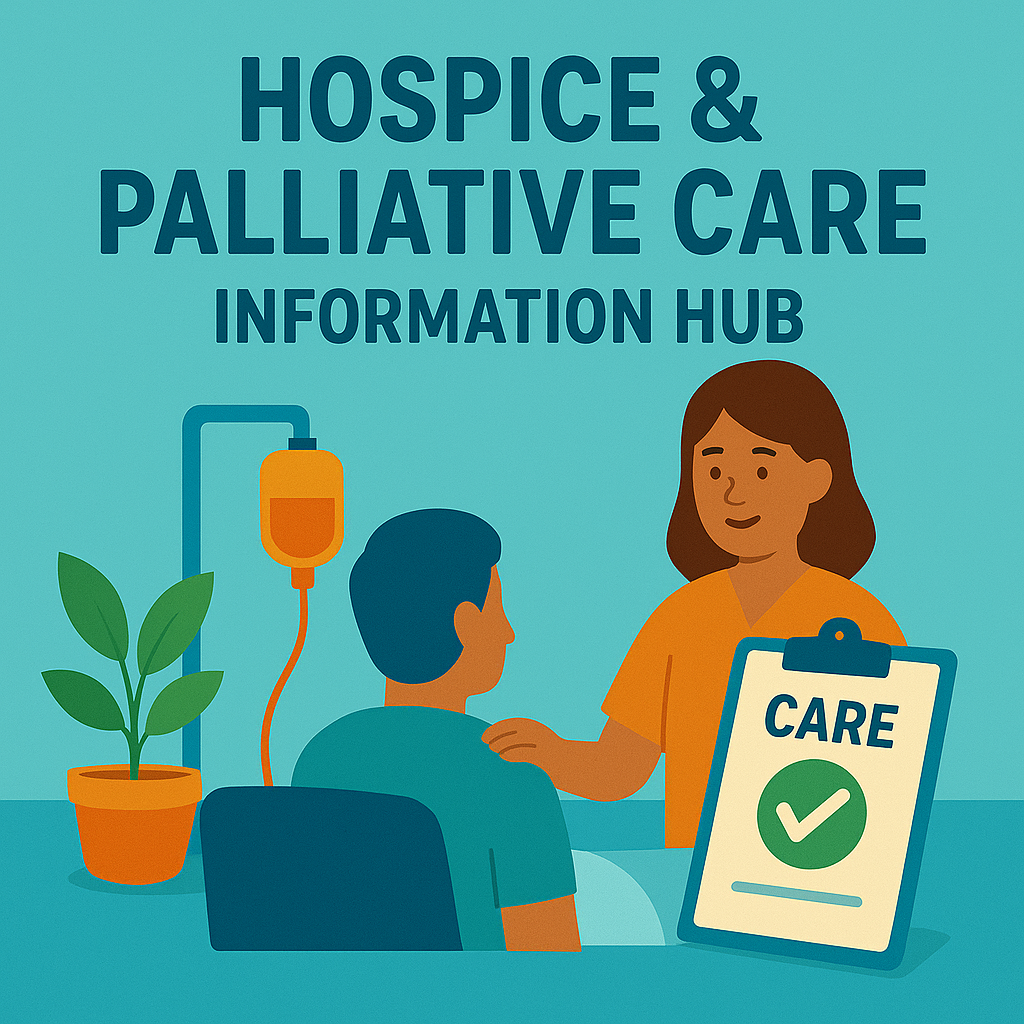Compassionate Care When It Matters Most
Hospice and Palliative Care Hub
Navigating hospice and palliative care can be overwhelming, but you don’t have to face it alone. This Hospice & Palliative Care Hub is here to provide the resources, tools, and connections you need to make informed decisions about care for yourself or a loved one. Whether you’re seeking comfort-focused treatment, caregiver support, or guidance on end-of-life planning, our hub offers compassionate support and trusted expertise to help you through every step of this journey.

Key Things To Know
Hospice and palliative care focus on comfort, dignity, and quality of life for people facing serious illness. They provide medical, emotional, and spiritual support for both the individual and their loved ones, often bringing relief at a time when it’s most needed.
- Palliative care can begin at any stage of a serious illness: It is not limited to end-of-life and can be provided alongside curative treatment. The focus is on managing symptoms, improving comfort, and supporting decision-making.
- Hospice care is for those nearing the end of life: It is typically available when a physician certifies that a person has six months or less to live and has chosen to stop curative treatments.
- Both provide holistic support: Services address physical symptoms like pain or shortness of breath, but also emotional, psychological, social, and spiritual needs.
- Care is provided by an interdisciplinary team: Physicians, nurses, social workers, chaplains, aides, and volunteers work together to support the individual and family.
- Hospice can take place in many settings: Most people receive hospice care in their home, but it can also be provided in nursing homes, hospice centers, or hospitals.
- Services often include equipment, medications, and 24/7 support: Hospice providers usually cover these under Medicare, Medicaid, or private insurance.
- Choosing hospice is not “giving up”: It is a shift in focus from cure to comfort, and many families find it brings relief, peace, and time to connect in meaningful ways.
- Early referrals can improve quality of life: People often wish they had started hospice or palliative care sooner. Early access can help manage symptoms more effectively and reduce stress.
- You can leave hospice at any time: If a person’s condition improves or they decide to pursue curative treatment again, they can choose to stop hospice services.
- Family caregivers receive support too: Hospice provides education, respite care, and grief support to help loved ones through both the caregiving journey and the bereavement process.
Resources
You shouldn't have to figure out hospice & palliative care on your own. Fortunately, we have resources that can help.
A Few Instagram Accounts We Follow
Hospice & Palliative Care Related Articles
Frequently Asked Questions About Hospice & Palliative Care
Disclaimer: The information provided on this website and by Buried in Work is for general informational purposes only and should not be considered legal advice. Please consult with a qualified attorney or subject matter expert for advice specific to your situation.




